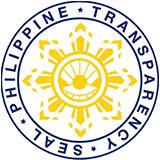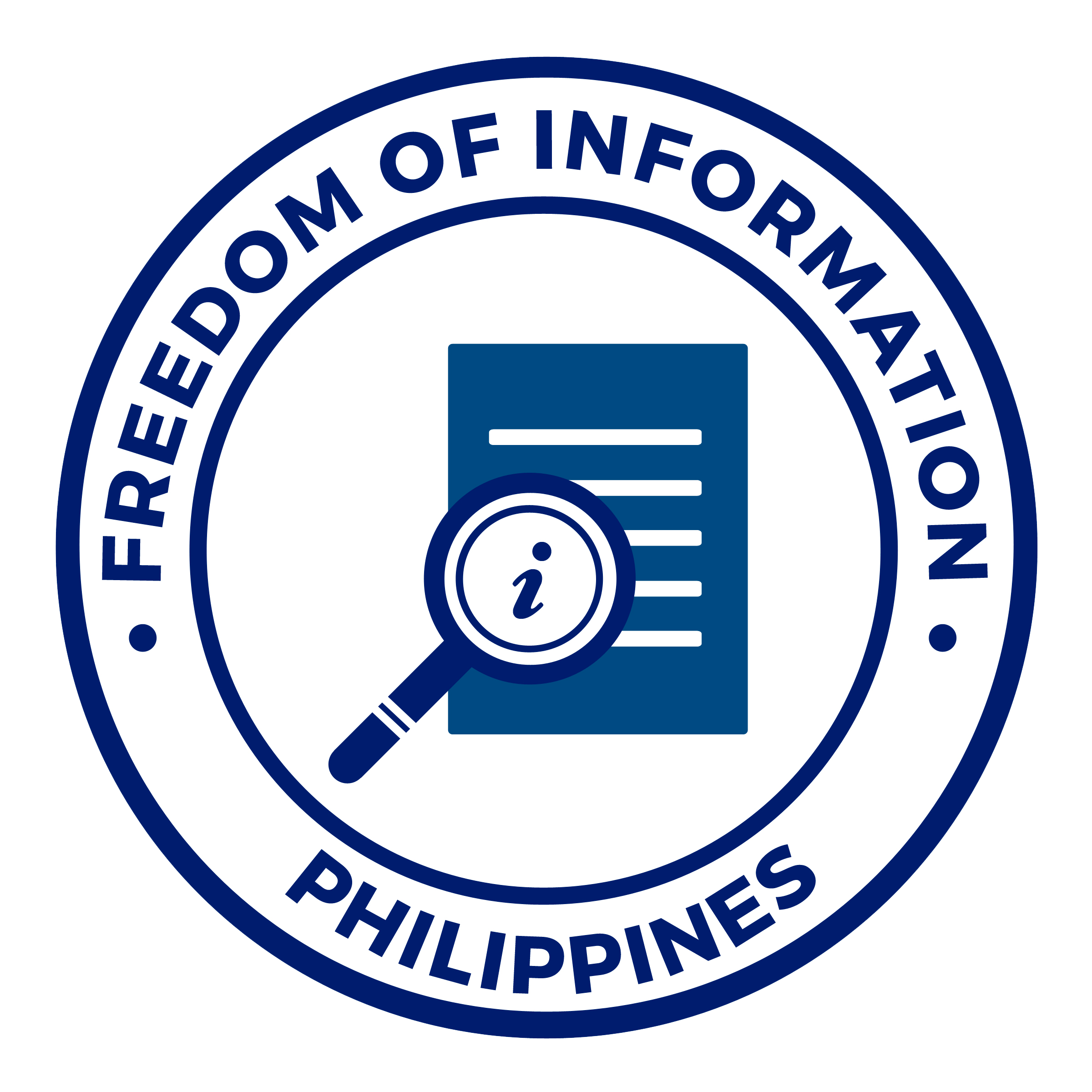Cordillera Administrative Region – The Department of Social Welfare and Development through the Listahanan or the National Household Targeting System for Poverty Reduction (NHTS-PR) has started the encoding and verifying of the gathered data with the ongoing household assessment in the region.
“The Listahanan is an information management system that identifies who and where the poor are in the country; hence, the encoding of household’s data gathered by the enumerators using the family assessment forms is crucial in the updating of the Listahanan database,” DSWD-CAR OIC Regional Director Janet P. Armas said.
The Listahanan first household assessment was conducted in 2009 to 2010.
This second assessment, 244,180 assessment forms are expected to be encoded and verified until the end of July. The target is based on the target households to be assessed in the region based on the Population Census 2010.
The DSWD hired 87 encoders and 87 verifiers to check accuracy of the encoded data in the Listahanan system. “With the number of target forms to be encoded, we devised a round-the-clock schedule of encoders and verifiers for us to come up with the updated database as soon as possible,” Armas added.
After the encoding of assessment forms in the Listahanan system, the data will be run through the Proxy Means Test, a statistical model which approximates the annual per capita income based on observable and verifiable indicators such as family properties, type of housing, and access to basic services like schools and health clinics. The approximated income is compared to the official provincial poverty thresholds or the minimum income/expenditure required for a family/individual to determine if a household is poor or non-poor. Households with incomes that fall below the poverty threshold will then be classified as poor. # DSWD-CAR, Social Marketing Unit, Kaye Ann O. Mapalo




